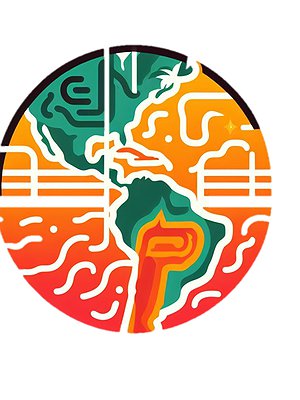
Author: ЛЕОН ЭДУАРД ФЕРНАНДО | LEÓN EDUARD FERNANDO
the main part
As the year 2100 approaches, cities around the world are facing an inevitable challenge: Urban Heat Islands. This phenomenon, amplified by climate change, is prompting cities to conduct comprehensive research to understand and mitigate its effects.
By analyzing meteorological data from an established intelligent network open to a full understanding of the conditions, public and private institutions and the population, these studies reveal changing climate patterns that require adaptive solutions.
It is important that cities adopt an integrated approach to urban planning, including mitigation of Urban Heat Islands from the very beginning. This means considering vegetation as a key element in urban design, encouraging the creation of smart green spaces and planting trees in strategic locations. In addition, the cities of the future should use permeable materials in their infrastructure, such as paving and roofs, to better absorb and evaporate water, thereby reducing the ambient temperature.
It will also be necessary to promote the use of sustainable technologies in construction and transport, for example, the introduction of smart green roofs, the use of passive cooling systems and the promotion of environmentally friendly modes of transport. Urban planning should also take into account the even distribution of green spaces and shaded areas throughout the city, especially in densely populated areas and vulnerable areas. This will ensure that all residents have access to cool and healthy conditions.
Quantification of green areas and vegetation cover is becoming an essential strategy to counteract the growth of Urban Thermal Islands. In addition, the introduction of renewable energy technologies and the promotion of energy efficiency in urban buildings are key aspects for reducing greenhouse gas emissions and, consequently, mitigating this phenomenon.
Capturing new environmental variables based on hard data and using new technologies make it possible to distinguish between variables such as temperature and relative humidity along smart urban corridors, providing accurate monitoring. This detailed approach identifies indicators related to rising temperatures and their impact on Urban Heat Islands, creating a solid foundation for future mitigation strategies.
Adaptation to climate change includes building sustainable infrastructure and implementing public policies that promote sustainability. The study of comfort in urban conditions is based not only on cold figures, but also on the analysis of data collected from various sources.
The use of spatial visualization tools, such as interactive geographic platforms or dynamic heat maps, allows you to identify critical areas that affect people's well-being. This comprehensive care is aimed at improving and creating more accurate models of indoor and outdoor comfort, as well as their intersections.
In addition, the perception of the thermal environment, explored through the boundaries of comfort and the analysis of factors such as the Olgai model, which is the basis for such research, becomes the foundation for global cities striving for sustainable urban development in the 21st century.
Cities are joining together in an unprecedented global collaboration to overcome the common threat of Urban Heat Islands that threaten the quality of life and the environment. Through continuous research and the exchange of innovative strategies, metropolises around the world are striving to shape an urban future where mitigation of Urban Heat Islands will be a priority for the survival and prosperity of future generations.
This is a significant advance in these studies, and it is expected that it will receive the necessary attention to shape a sustainable and sustainable urban future. In addition, global cooperation includes the creation of a network of smart cities that can learn from each other and adapt to the changing challenges of climate change. This global network will enable cities to share resources, knowledge and best practices, strengthening the ability to withstand and mitigate Urban Heat Islands and other climate change-related phenomena.
The original is in the application